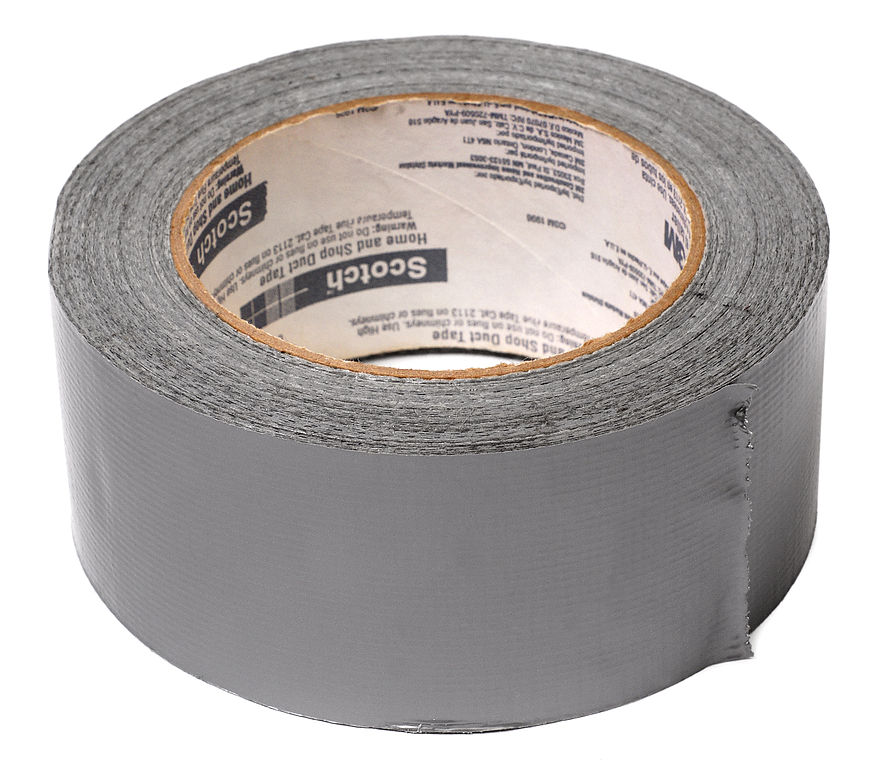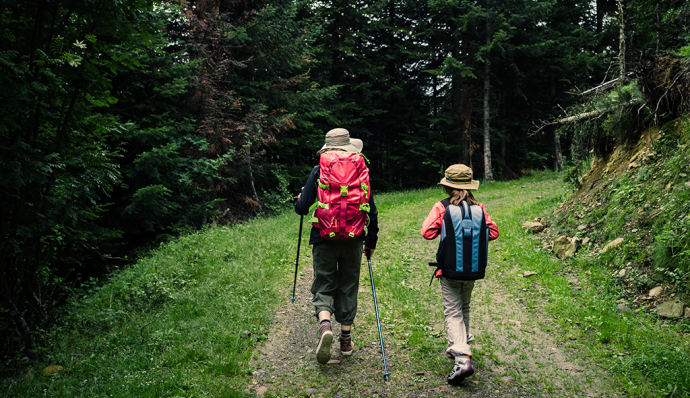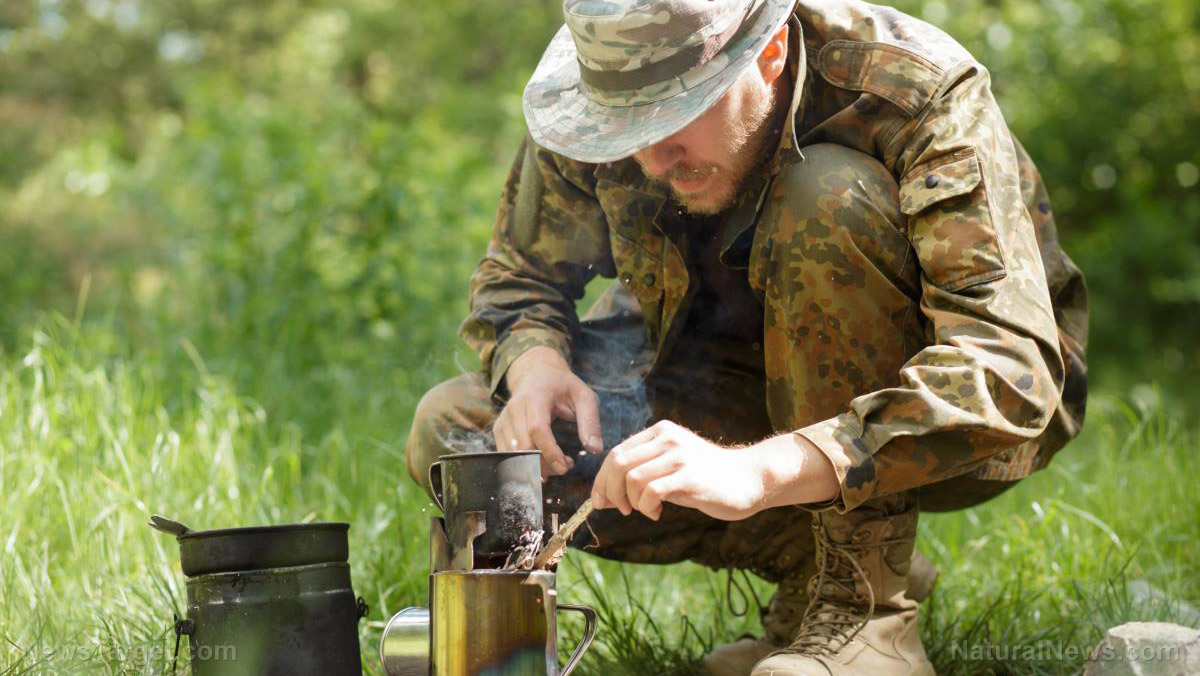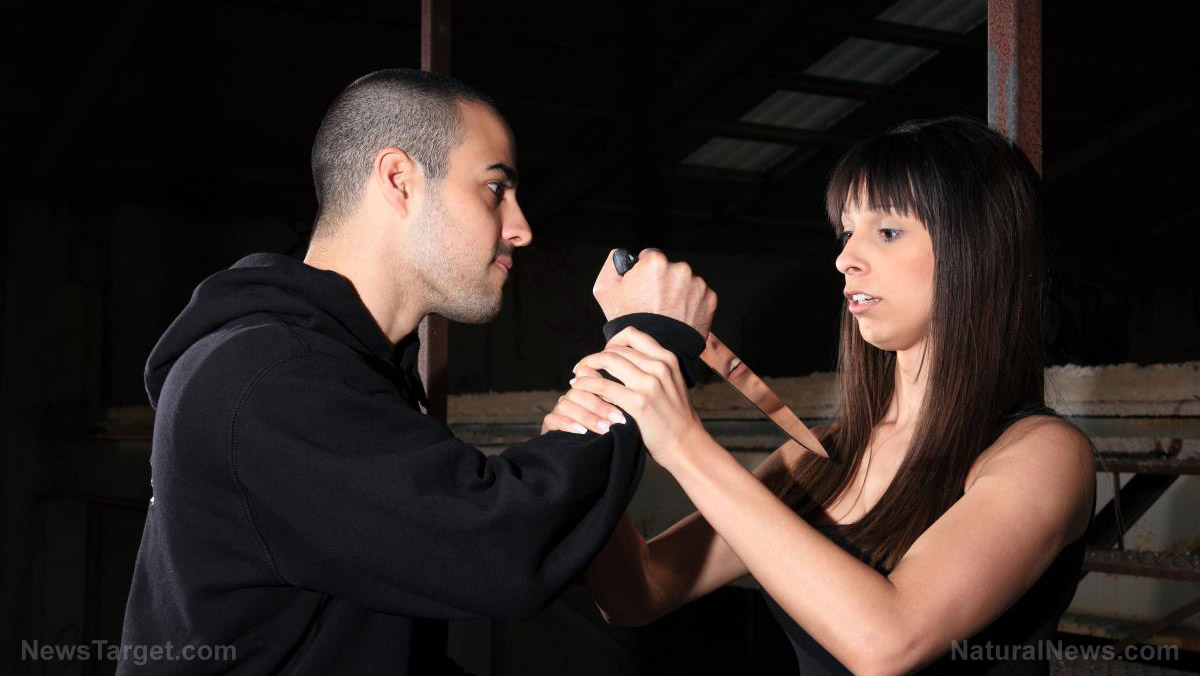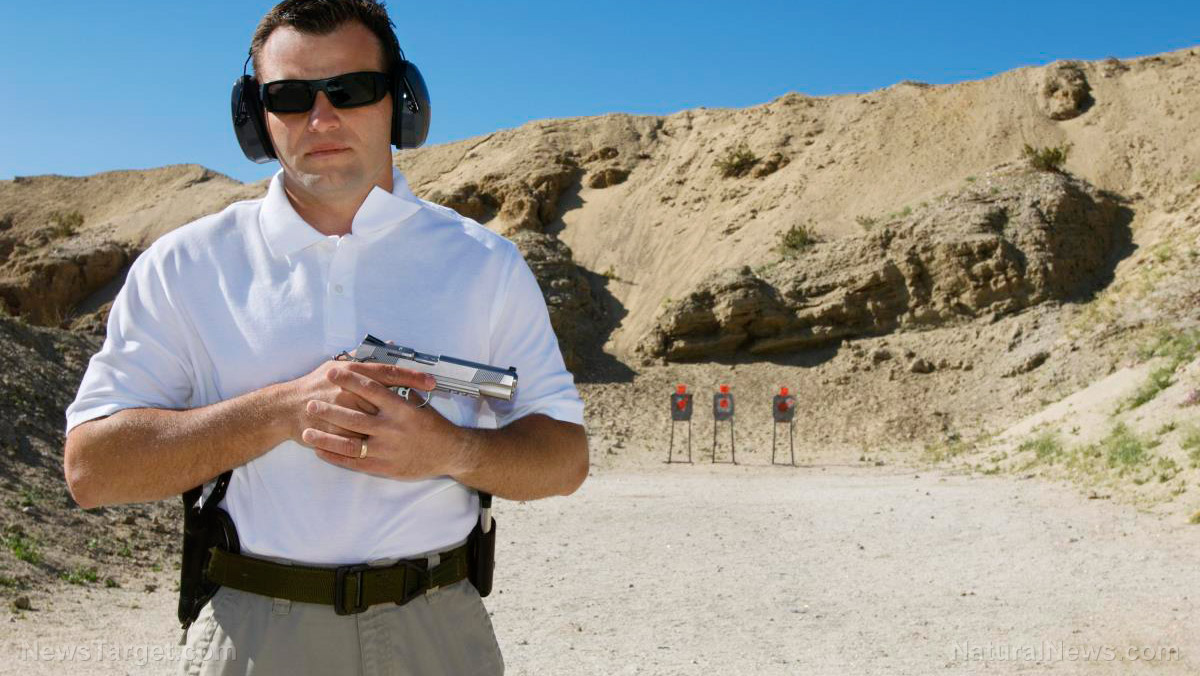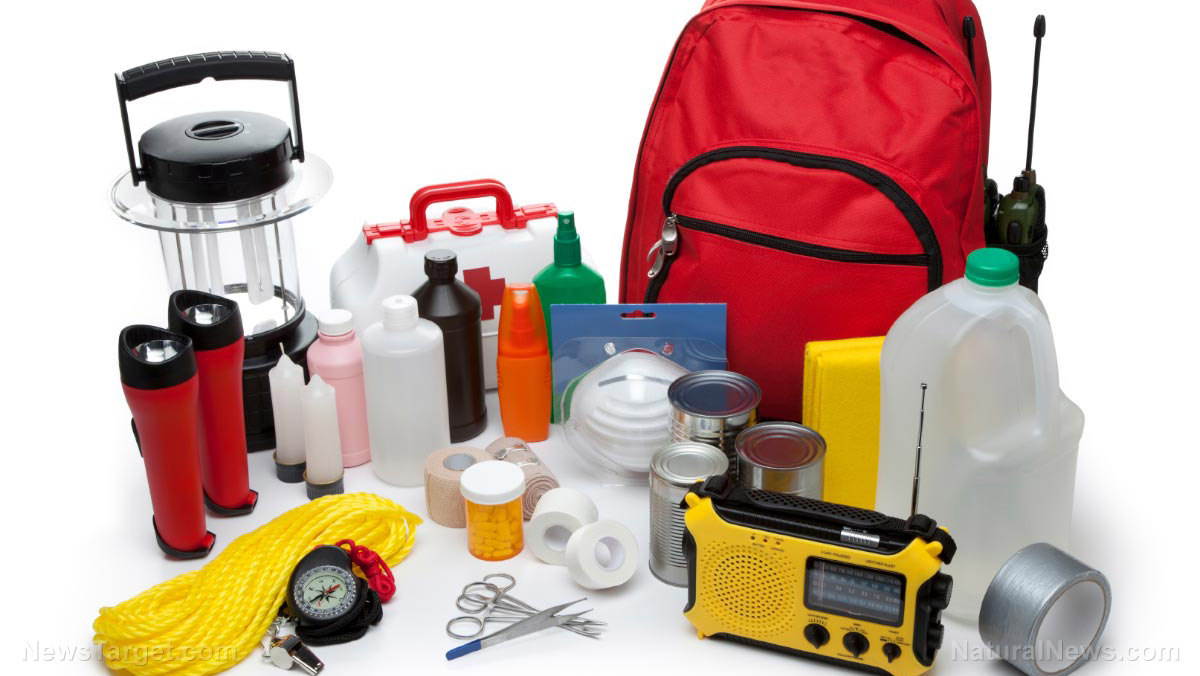Home fortification tips for preppers
04/27/2019 / By Zoey Sky
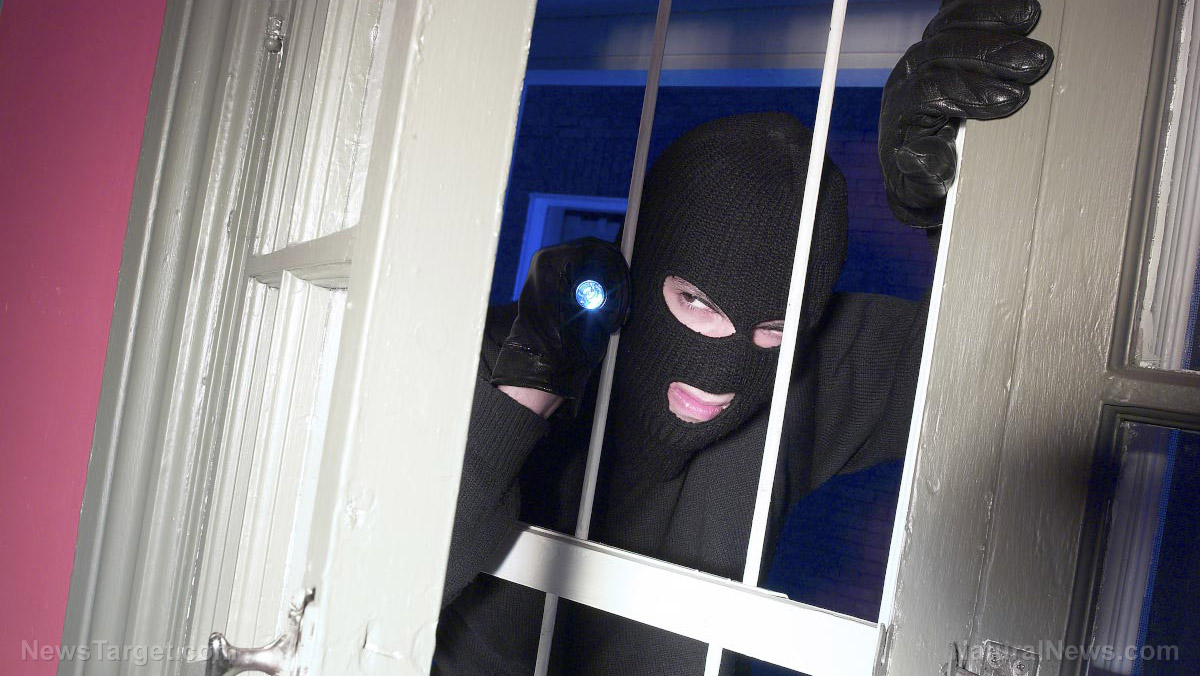
As a prepper, you must secure your home to keep your loved ones safe. The following list includes 11 things to consider when fortifying your home to prevent thieves from targeting your property. (h/t to TheSurvivalistBlog.net)
Optimize the visibility of your property and reduce “approachability”
To secure your home, you need to make it as undesirable to thieves as possible. Keep hedges, fencing, and walls below chest level to improve your sightlines out of the property. Remove or move anything, like overgrown plants or boats in your driveway, that can be used as a hiding place.
Reinforce entry points
Doors and windows are the main points of entry into your home, which is why you need to secure these entry points. Make sure all exterior doors are made of solid wood or metal with sturdy jambs. Use high-quality hinges, locksets, and fasteners. These items will reinforce your door should anyone try to force them open.
Another option is to use an anti-kick device like a Door Devil. These kits spread the force from a kick over a much wider area than lockset screws alone.
If your window frames are very old, replace them with modern ones. Treat window glass with a mylar applique to increase its shatter resistance. Keep in mind that mylar and other material applications may not be a DIY project, so consult a professional for advice before proceeding.
Place “defensive” plants near windows and certain doors
Plants aren’t just decorative: Some varieties have thorns that will make burglars think twice about targeting your property. Place thorny plants under first-floor windows and beside exterior doors with a blind spot to discourage intruders from using the area as a hiding spot.
Sponsored solution from the Health Ranger Store: The Big Berkey water filter removes almost 100% of all contaminants using only the power of gravity (no electricity needed, works completely off-grid). Widely consider the ultimate "survival" water filter, the Big Berkey is made of stainless steel and has been laboratory verified for high-efficiency removal of heavy metals by CWC Labs, with tests personally conducted by Mike Adams. Explore more here.
Here are some of the best home security plants:
- Blackberry
- Century plant
- Crown of thorns
- Firethorn
- Porcupine tomato
- Spanish dagger
Install exterior surveillance cameras
Use exterior surveillance cameras to monitor your home’s exterior without exposing yourself to danger. Some cameras can be connected to a remote monitor or even your smartphone.
After you decide on a brand and model, install the cameras near all entry points to your home and possible hiding places around your property.
Install an exterior lighting
Criminals usually wait until dark before getting to work, but you can secure your home by installing some lights at your home’s exterior. Have lighting cover the perimeter of your home, and don’t leave any gaps. Take note of possible hiding spots that thieves can use for an ambush.
Remember that once a person’s night-adapted eyes are hit by bright light, any area beyond the light will be difficult to see into.
Install an alarm system
An alarm system will wake you up if anyone attempts to break into your home in the middle of the night. Rig alarm systems to trigger when any doors are disturbed or when windows are opened or broken.
Alternatively, you can get a guard dog. Regardless of size, dogs have keen senses so they will alert you if anyone attempts to break into your home. Train your dog and reward them for nighttime vigilance. Larger dog breeds can also protect you should anyone try to attack you after breaking in.
Obtain a firearm and learn how to use it well
A firearm is the best weapon to deter burglars. Guns have incredible firepower and range, and they’re easy to use in close quarters.
Your options include handguns, rifles, and shotguns. If you’re uncertain of your ability to use a gun well in tight spaces, get a handgun. Sign up for lessons and train to improve your marksmanship.
Get a large can of pepper spray
If you’d rather use other self-defense weapons or if you think lethal force isn’t necessary, a can of pepper spray is a good alternative to a gun. Pepper spray doesn’t have firepower, but it can significantly debilitate the fighting ability of potential attackers.
Assess your interior
If you need to fire your weapon, are there surfaces and objects in your home that can deflect bullets? If a thief fires at you, can you hide somewhere safe? Take note of the answer to these questions to secure your home.
Possible cover points at strategic locations in your home include a bookshelf, which is highly effective against small arms fire. (Related: Simple strategies you can implement NOW to significantly improve your home security.)
Get your whole family to practice your response plan for a home invasion
When all other defenses have failed, you need to arm yourself before engaging intruders. But before this happens, you need to prepare a response plan for a home invasion. Inform the whole family, and practice your plan so that everyone knows what to do.
Make sure your plan can work when the lights go out
A home defense scenario can be unpredictable. If a burglar tries to harm your family, you need to prepare for the possibility of having to fight them in the dark. Collaborate with your family so you can easily identify them, which will help prevent accidents when the lights go out when someone attacks your home.
Get powerful handheld or weapon mounted flashlights so you can easily identify your target.
Review this checklist and make the necessary changes to your home to ensure that your family remains safe when SHTF.
Sources include:
Tagged Under: alarm system, break in, burglars, burglary, chaos, crime, crime prevention, emergency, firearms, guns, home fortification, home security, intruders, Pepper Spray, preparedness, prepping, safety, self-defense, SHTF, surveillance cameras, survival, theft, weapons

